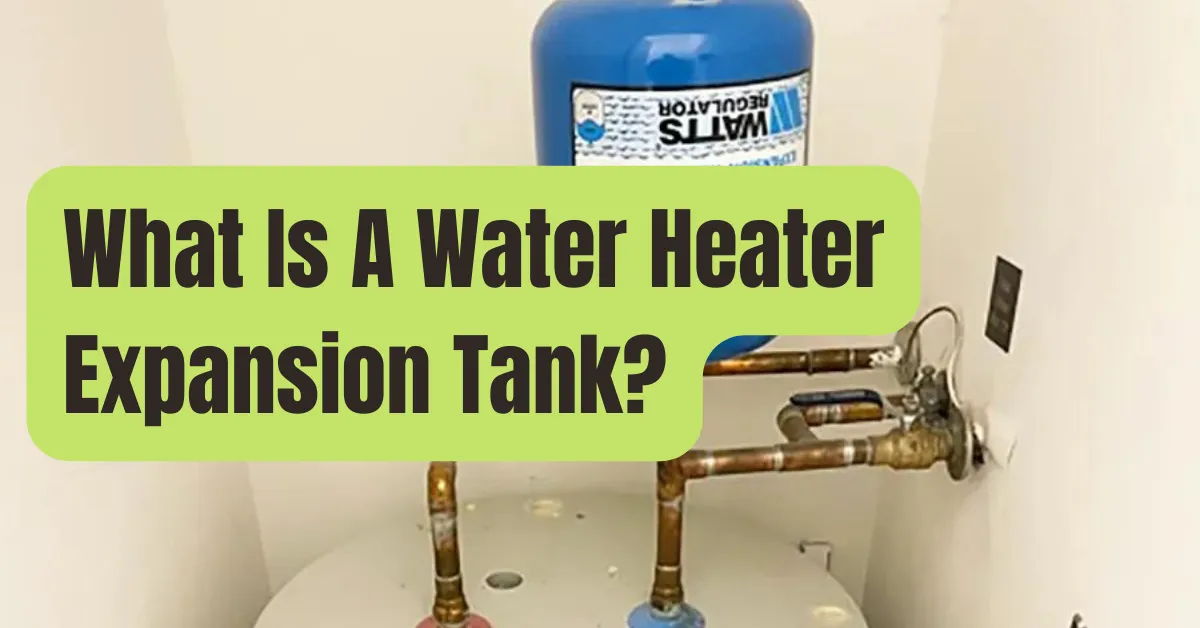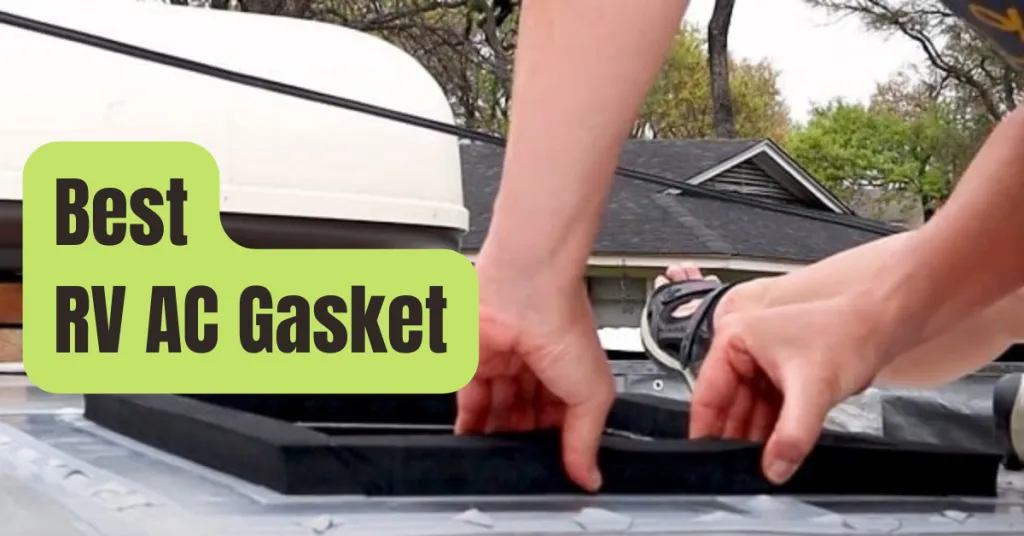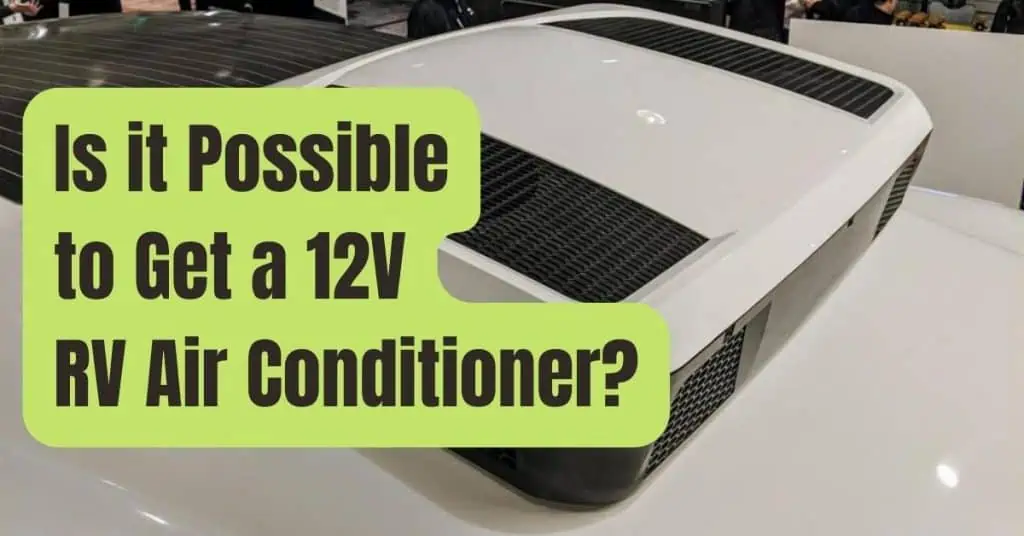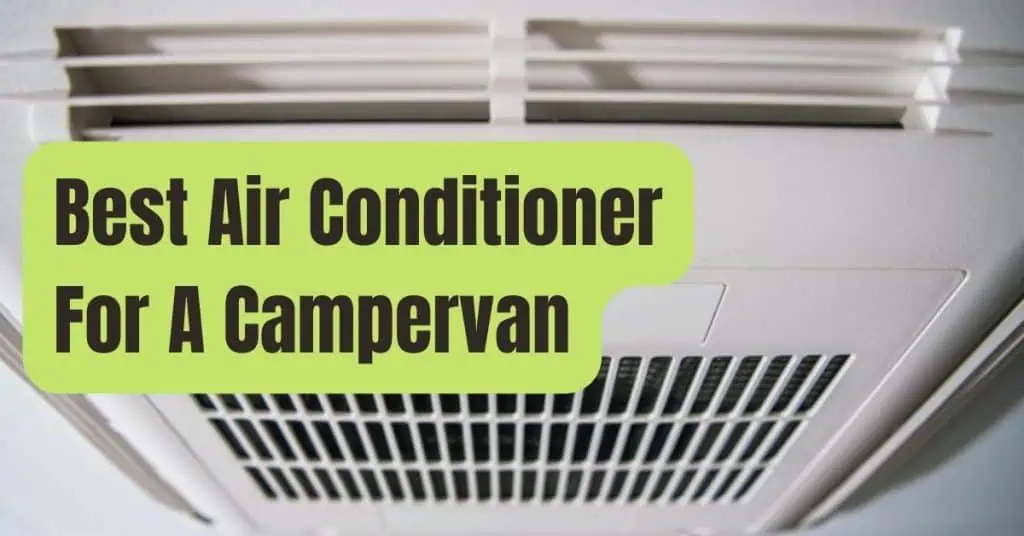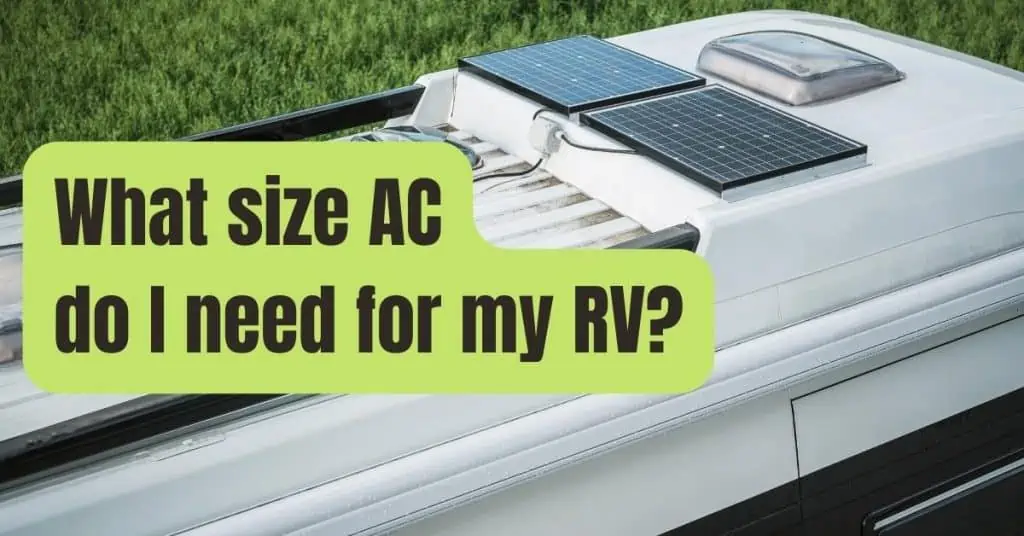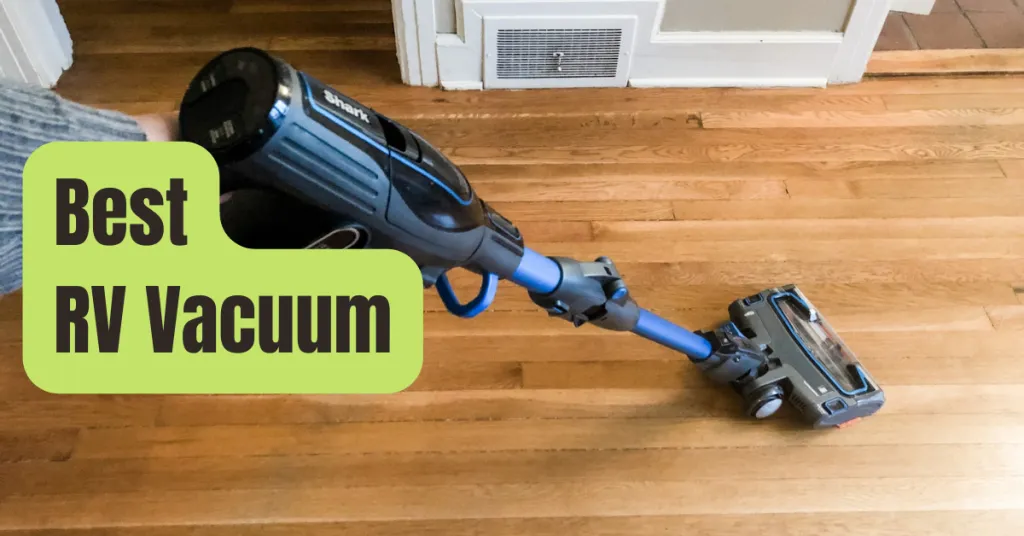Due to the typical thermal expansion that occurs when water is heated, a regular tank water heater may put stress on your plumbing fittings and pipes in a closed plumbing system.
Any closed system where water is heated may encounter this issue.
If precautions are not taken to avoid it, both water heaters and boilers for home heating systems may be vulnerable to this form of damage.
A water heater expansion tank may reduce the possibility of pressure damage to the plumbing system.
(Modern on-demand tankless water heaters often do not have this issue; only old-fashioned tank-style heaters do.)
What Is an Expansion Tank for a Water Heater?
A safety feature is a water heater expansion tank (sometimes called a thermal expansion tank).
It is an overflow container that reduces pressure brought on by the typical thermal expansion that takes place when water is heated.
By collecting extra water volume created when water is heated and changes in the incoming water supply pressure, the water heater expansion tank functions as an overflow container.
Every time the water heater warms water, more water is produced because thermal expansion causes water to expand when it is heated.
For instance, it’s believed that when heated to 120 degrees Fahrenheit, the cold water in a typical 50-gallon water heater expands to 52 gallons.
If there is too much pressure in the plumbing system due to the excessive water volume, the water heater, plumbing fixtures, and the water pipes might all sustain damage over time.
It should be noted that temperature and pressure relief valves are present on every hot water heater and boiler.
It is essential by law and code to take precautions against damage during ad hoc changes in temperature and pressure.
Although they are automated and will drain water from the appliance, an expansion tank is necessary for the systems to function according to their design specifications.
Systems Of Closed Water Supply
There is seldom an issue in an open system where expanding water may push back into the municipal water supply.
A one-way valve, such as a backflow valve, check valve, or pressure-reducing valve, is a common feature of closed water supply systems seen in many residences (PRV).
Because the excess water pressure from thermal expansion cannot push back into the city water supply and has nowhere to go, it is most likely to cause harm in a closed system.
The additional pressure from heating the domestic hot water may often cause the relief valve to release water, regardless of whether you utilize a municipal water supply or if a check valve or PRV is installed.
On the entering cold water, thermal expansion tanks or cushion tanks may be needed.
Most localities mandate the installation of expansion tanks in closed home plumbing systems.
You may be obliged by law to install a water heater expansion tank if you have some kind of backflow preventer placed on the main water line.
To find out, consult your area’s building codes or contact the building and safety division.
How to Install a Water Heater Expansion Tank
A water heater expansion tank may still be useful even if the main water line does not have a one-way valve and your plumbing system is not closed.
Expansion tanks may really be positioned anywhere on the cold water line before it enters the water heater, however they are often installed above the water heater on that line.
By preventing the additional pressure that has accumulated in the system from reaching the fixtures and causing early damage, an expansion tank may assist eliminate running toilets and leaky faucets.
A simple 2-gallon tank is sufficient for the majority of household setups with 40- or 50-gallon water heaters.
With a typical 3/4-inch threaded connection, the tank may be installed quite easily.
If there isn’t currently a tee fitting above the water heater, one will need to be put in.
It’s a good idea to acquire a quote for the installation of an expansion tank at the same time as you hire a plumber to install a water heater.
If done simultaneously, it may not cost much more than you are now paying.
Even if it is not necessary, you should think about building an expansion tank if you are installing a water heater yourself since the advantages significantly exceed the time and expense.

